kkamin
TPF Noob!
- Joined
- Aug 25, 2009
- Messages
- 515
- Reaction score
- 17
- Location
- Minneapolis
- Website
- www.kevinkaminphoto.com
- Can others edit my Photos
- Photos OK to edit
Hello, I've been having catch light issues forever. I get a few too many 'dead eyes' imo. Looking for advice:
To simplify things, assume my main light is set at a standard 45°/45° (Rembrandt).
1) Sometimes the model is looking slightly downward or is looking away from main light. This could be a nice candid shot between poses or a spontaneous pose from the model. The shot is nice but it has dead eyes, and adding catch lights might look funny. How do you deal with this?
2) Once in a while I have a nice catchlight in one eye but in the other it's in the white of the eye, the corner, or missing. What am I doing wrong?
3) I learned in school that having a double catch light is something to usually avoid. But if I am shooting with a fill light close to the camera, I think it is unavoidable, right? Do people just remove one of the catch lights in post?
4) I've been shooting a lot of Asian dancers lately and a lot of them have very small eyes. So many dead eyes. If I ask them to open their eyes wider than normal, there face looks slightly strained and unnatural. How do you make adjustments for this? I'm of Asian decent so this question is no longer racist. : )
5) How high do you set your main light? Does the bottom of the box or umbrella come close to the top of the model's head? I think this might be one of my issues too, having the main light too high up.
Thanks for reading.
Kkamin
To simplify things, assume my main light is set at a standard 45°/45° (Rembrandt).
1) Sometimes the model is looking slightly downward or is looking away from main light. This could be a nice candid shot between poses or a spontaneous pose from the model. The shot is nice but it has dead eyes, and adding catch lights might look funny. How do you deal with this?
2) Once in a while I have a nice catchlight in one eye but in the other it's in the white of the eye, the corner, or missing. What am I doing wrong?
3) I learned in school that having a double catch light is something to usually avoid. But if I am shooting with a fill light close to the camera, I think it is unavoidable, right? Do people just remove one of the catch lights in post?
4) I've been shooting a lot of Asian dancers lately and a lot of them have very small eyes. So many dead eyes. If I ask them to open their eyes wider than normal, there face looks slightly strained and unnatural. How do you make adjustments for this? I'm of Asian decent so this question is no longer racist. : )
5) How high do you set your main light? Does the bottom of the box or umbrella come close to the top of the model's head? I think this might be one of my issues too, having the main light too high up.
Thanks for reading.
Kkamin


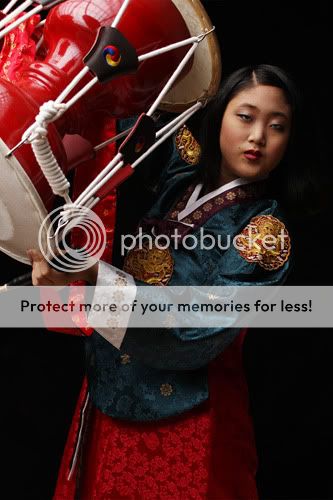
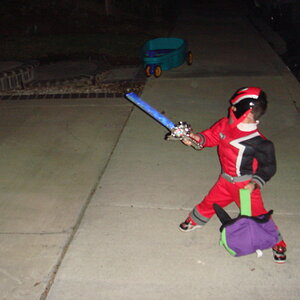
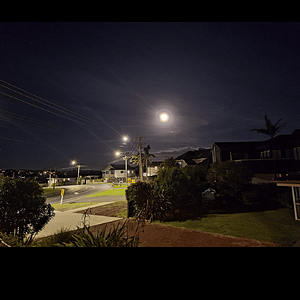
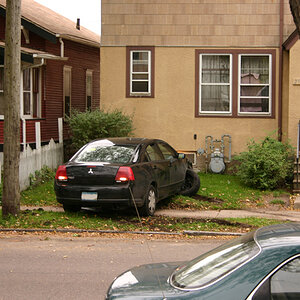
![[No title]](/data/xfmg/thumbnail/35/35947-ab35bfc67d8e12ce65dda301d3bf2b66.jpg?1619737255)
![[No title]](/data/xfmg/thumbnail/35/35946-771bfce9b2727c9126587d96c471da80.jpg?1619737254)
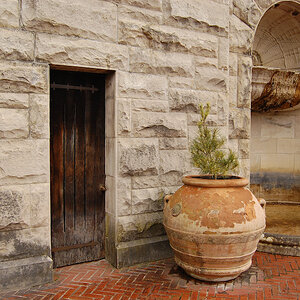


![[No title]](/data/xfmg/thumbnail/31/31746-12607d714ca2713b95250821c881aea9.jpg?1619734987)
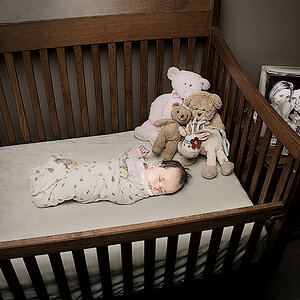
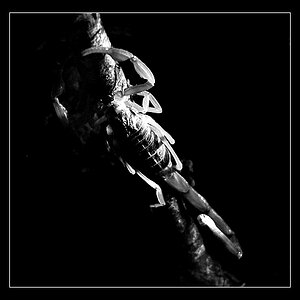
![[No title]](/data/xfmg/thumbnail/37/37605-90c8efaef5b7d1f52d4bf8e7dfd33673.jpg?1619738148)